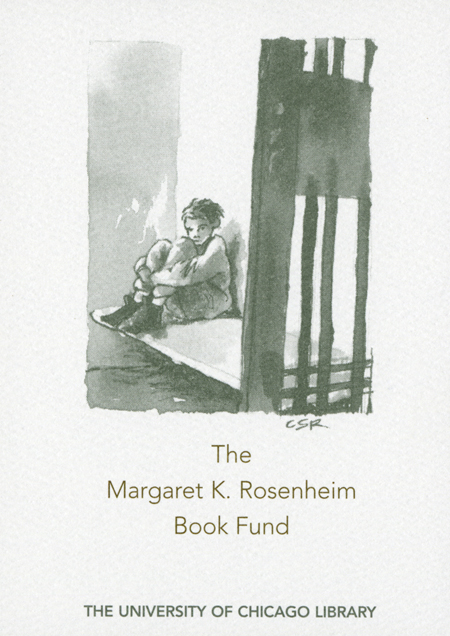The many colors of crime : inequalities of race, ethnicity, and crime in America /
Saved in:
| Imprint: | New York : New York University Press, c2006. |
|---|---|
| Description: | xiii, 430 p. : ill. ; 23 cm. |
| Language: | English |
| Series: | New perspectives in crime, deviance, and law series |
| Subject: | |
| Format: | Print Book |
| URL for this record: | http://pi.lib.uchicago.edu/1001/cat/bib/6104653 |
Table of Contents:
- Acknowledgments
- Introduction: Inequalities of Race, Ethnicity, and Crime in America
- 1. Cultural Mechanisms and Killing Fields: A Revised Theory of Community-Level Racial Inequality
- Part I. Constructs and Conceptual Approaches
- 2. Conceptualizing Race and Ethnicity in Studies of Crime and Criminal Justice
- 3. Demythologizing the "Criminalblackman": The Carnival Mirror
- 4. Race and the Justice Workforce: Toward a System Perspective
- Part II. Populations and Intersectionalities
- 5. Toward an Understanding of the Lower Rates of Homicide in Latino versus Black Neighborhoods: A Look at Chicago
- 6. Extending Ethnicity and Violence Research in a Multiethnic City: Haitian, African American, and Latino Nonlethal Violence
- 7. Crime and Deviance in the "Black Belt": African American Youth in Rural and Nonrural Developmental Contexts
- 8. Crime at the Intersections: Race, Class, Gender, and Violent Offending
- 9. Race, Inequality, and Gender Violence: A Contextual Examination
- Part III. Contexts and Settings
- 10. Is the Gap between Black and White Arrest Rates Narrowing? National Trends for Personal Contact Crimes, 1960 to 2002
- 11. Race, Labor Markets, and Neighborhood Violence
- 12. Drug Markets in Minority Communities: Consequences for Mexican American Youth Gangs
- 13. Perceptions of Crime and Safety in Racially and Economically Distinct Neighborhoods
- 14. Neighborhood, Race, and the Economic Consequences of Incarceration in New York City, 1985-1996
- Part IV. Mechanisms and Processes
- 15. Creating Racial Disadvantage: The Case of Crack Cocaine
- 16. Transforming Communities: Formal and Informal Mechanisms of Social Control
- 17. Toward a Developmental and Comparative Conflict Theory of Race, Ethnicity, and Perceptions of Criminal Injustice
- 18. Race and Neighborhood Codes of Violence
- Conclusion: A Deeper Understanding of Race, Ethnicity, Crime, and Criminal Justice
- Bibliography
- Contributors
- Index

